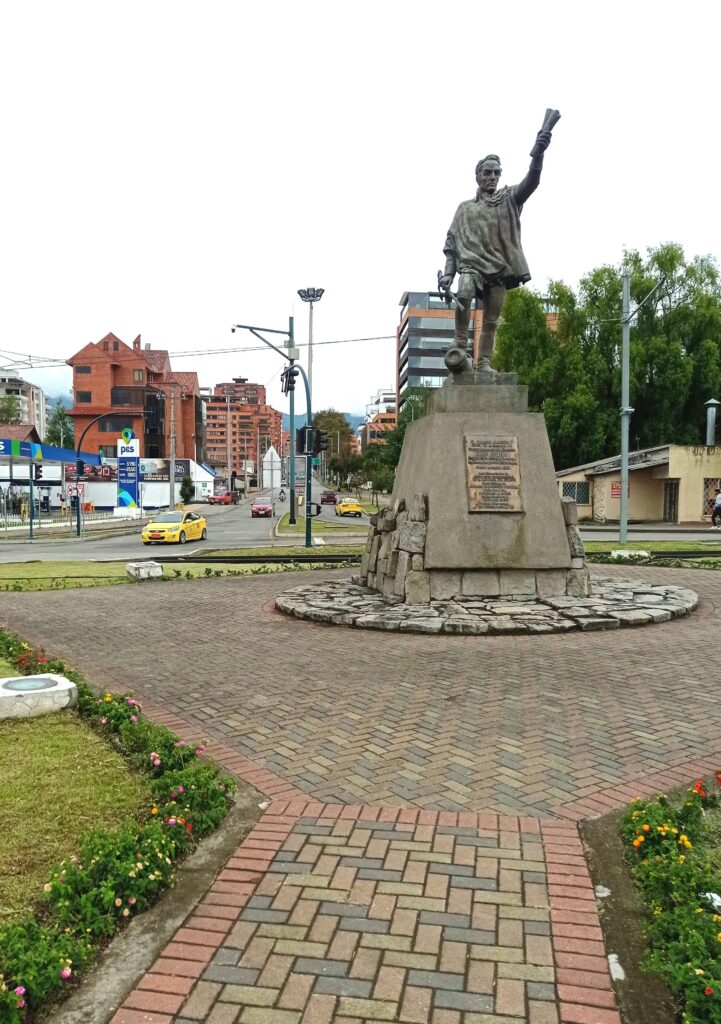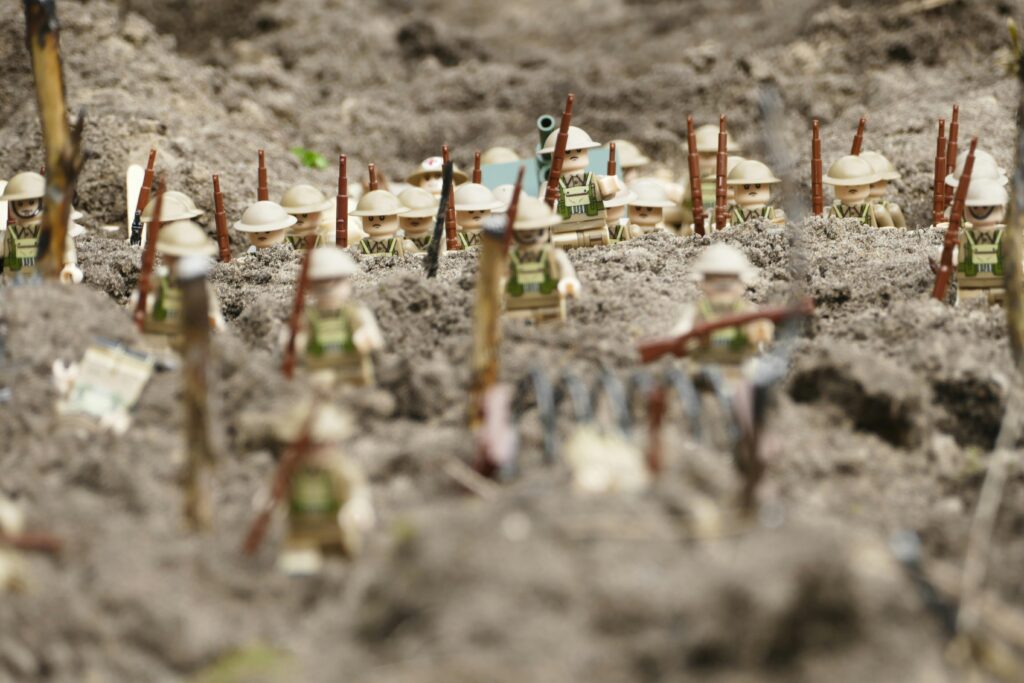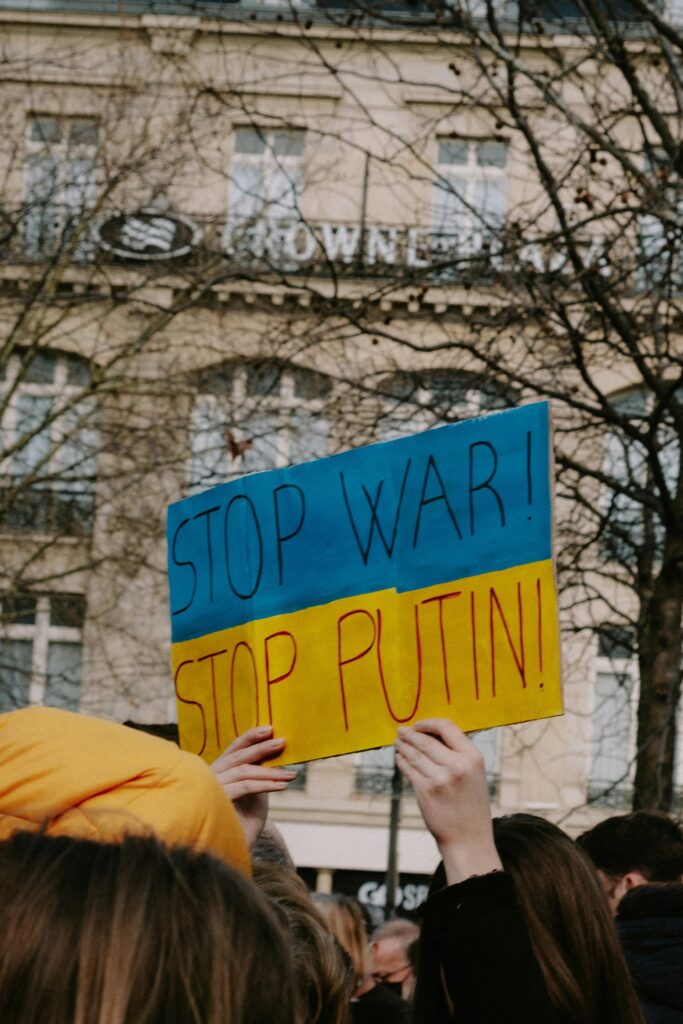When you think of major global crises, the images of war-torn regions often flood your mind—but somehow, the conflict in Yemen rarely makes the headlines with the urgency it deserves. Why is this devastating humanitarian disaster so often brushed aside or overshadowed by other world events? Despite being called the “world’s worst humanitarian crisis” by the United Nations, Yemen’s ongoing conflict quietly unfolds behind a veil of silence. Let’s dive into the reasons why this tragic conflict is so frequently overlooked and what that means for those caught in its crossfire.
Table of Contents
- Why Does the Yemen Conflict Struggle to Capture Global Attention
- Unpacking the Media Silence and Political Complexities Behind the Crisis
- The Humanitarian Toll We Rarely See and Why It Matters
- How Can International Communities Step Up to Break the Cycle of Neglect
- The Conclusion
Why Does the Yemen Conflict Struggle to Capture Global Attention
One compelling reason the crisis in Yemen struggles to gain widespread traction is its geographical and political complexity. Unlike sudden global flashpoints, Yemen’s conflict is intertwined with decades of regional power struggles, tribal dynamics, and proxy wars. Its location, nestled between larger Middle Eastern hotspots, often causes it to be overshadowed by more headline-grabbing conflicts. Additionally, the lack of immediate or direct threats to Western interests tends to reduce the urgency perceived by international media outlets and policymakers. This complexity results in a narrative that is difficult to simplify, making it challenging for the global audience to fully grasp or emotionally connect with the crisis.
The media coverage and humanitarian response also play a significant role. The relentless flow of crises worldwide means Yemen competes with other pressing stories for airtime and donations. Several factors contribute to this competition, including:
- Limited access for journalists: Restricted entry and dangerous conditions mean fewer on-the-ground reports.
- Perceived crisis fatigue: Audiences may feel overwhelmed by ongoing wars and disasters, leading to disengagement.
- Geopolitical silence: A cautious approach by influential global powers reluctant to intervene publicly or project narratives.
Together, these elements create an invisibility cloak around the war, dimming the international spotlight and stalling urgent global action.
Unpacking the Media Silence and Political Complexities Behind the Crisis
In a world saturated with breaking news and viral stories, the silence surrounding Yemen’s ongoing conflict is both baffling and deeply troubling. Media outlets often prioritize crises that are more straightforward or fit neatly into existing political narratives, leaving Yemen’s nuanced and multifaceted war underreported. The complexity of the conflict, involving a labyrinth of local factions, foreign interventions, and geopolitical rivalries, creates a challenging environment for journalists seeking clarity, leading to minimal coverage. This media blackout feeds into a cycle where the global public remains unaware, and the urgency to act diminishes.
Moreover, the political entanglements make the crisis difficult for international policymakers to address openly without risking diplomatic fallout. Key players in the Yemen conflict include alliances and rivalries that cross traditional regional boundaries, involving powerful nations whose interests are deeply tied to the status quo. The reluctance to criticize or intervene boldly stems from concerns about:
- Strategic alliances with influential Middle Eastern countries
- Economic interests such as arms deals and energy routes
- The risk of escalating tensions in an already volatile region
- The fear of political backlash domestically and internationally
This tangled web not only muffles Yemen’s grave humanitarian plight but also complicates efforts for a sustainable resolution, keeping the conflict overshadowed and misunderstood on the global stage.
The Humanitarian Toll We Rarely See and Why It Matters
Beyond the headlines and political debates, the Yemen conflict is a human catastrophe that rarely breaks through the noise of global media. Millions face famine in a country where access to basic necessities—clean water, food, and medical care—has disintegrated. The numbers are staggering:
- Over 24 million people—more than 80% of the population—are in need of some form of humanitarian assistance.
- More than 2 million children suffer from severe malnutrition, often an invisible crisis overshadowed by military narratives.
- Healthcare facilities are frequently targeted or destroyed, slipping Yemen further into a spiral of disease and death.
These aren’t just statistics; they represent human lives trapped in a conflict that the international community too often treats as a distant, complex headline. Understanding the hidden layers of Yemen’s suffering reveals the essential truth: this crisis profoundly affects the global ethical landscape. Every overlooked story, every unreported casualty, chips away at our collective conscience and challenges us to rethink what it means to bear witness—and to act.
How Can International Communities Step Up to Break the Cycle of Neglect
Global indifference to Yemen’s escalating crisis stems not only from geopolitical complexities but also from a persistent lack of media visibility and political will. To effectively disrupt this pattern, international communities must first commit to amplifying Yemen’s humanitarian narrative beyond the usual soundbites. Media outlets and civil society organizations can partner to generate compelling, human-centric stories that resonate globally, transforming distant tragedies into urgent calls for action. At the same time, governments should employ diplomacy that prioritizes peace talks and humanitarian corridors over strategic interests, creating an environment where aid can reach those in desperate need without obstruction.
Concrete steps could include:
- Establishing cross-border aid coalitions: Bringing together UN agencies, NGOs, and regional actors to streamline resources and ensure equitable distribution to all affected areas.
- Incentivizing peace through economic and political pressure: Using sanctions and diplomatic measures focused on protecting civilians rather than exacerbating conflict.
- Supporting local Yemeni voices: Amplifying grassroots initiatives that empower communities to rebuild and advocate for their own futures.
Only through a combined, multi-layered approach that balances awareness, diplomacy, and on-the-ground support can the cycle of neglect be broken—transforming Yemen from a forgotten crisis into a global priority.
The Conclusion
As we peel back the layers of complexity surrounding the Yemen conflict, it becomes clear that this crisis deserves far more attention than it currently receives. From geopolitical interests to media fatigue, numerous factors play a role in why Yemen remains overshadowed on the global stage. By staying curious and informed, we can begin to challenge this silence and amplify the voices of those affected. After all, understanding why a crisis is overlooked is the first step toward making sure it’s never ignored again.













